 This interview actually started when I asked several collectors and users for what they would like to know from Luca Viti, general manager of Stipula. I collected many interesting cues, which I narrowed in 10 questions.
This interview actually started when I asked several collectors and users for what they would like to know from Luca Viti, general manager of Stipula. I collected many interesting cues, which I narrowed in 10 questions.
Mr. Viti was so kind to answer (very kind, due to the text length…) and here are his answers.
Any plans for a new model which could take its place? May it be the Model T?
Luca Viti: “Etruria” is indeed a historical family/series of Stipula. It has been introduced twenty-one years ago by Renzo Salvadori, with his unequalled taste for pure lines and balanced forms. But still today it shows an astonishing vitality.
To tell the truth, by this year you can expect an enrichment of this Stipula’s icon with new colors, dimensions and variations.
I don’t think Etruria needs to be replaced, but rather to be placed side by side with new lines based on taste’s evolution and aesthetical inspiration.
It’s certainly so for the Model T you mentioned, with its contemporary and innovative features also for the manufacture aspect, essential but also refined in its functionality and appearance. T-flex nibs, extremely flexible and doubled filling system with hermetic tank, make this pen very modern.
But Etruria remains the DNA of Stipula. Simply an icon.
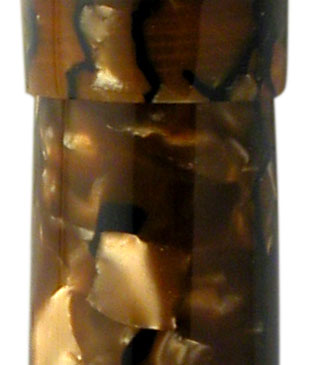 Giardino Italiano: Speaking of materials, especially celluloid, which is so difficult to find and produce; have you ever planned to produce it by yourself, directly or not, creating really new colors in Europe?
Giardino Italiano: Speaking of materials, especially celluloid, which is so difficult to find and produce; have you ever planned to produce it by yourself, directly or not, creating really new colors in Europe?And about colors: for high-end pens, all the Tuscan ground colors have already been used, when will you change?
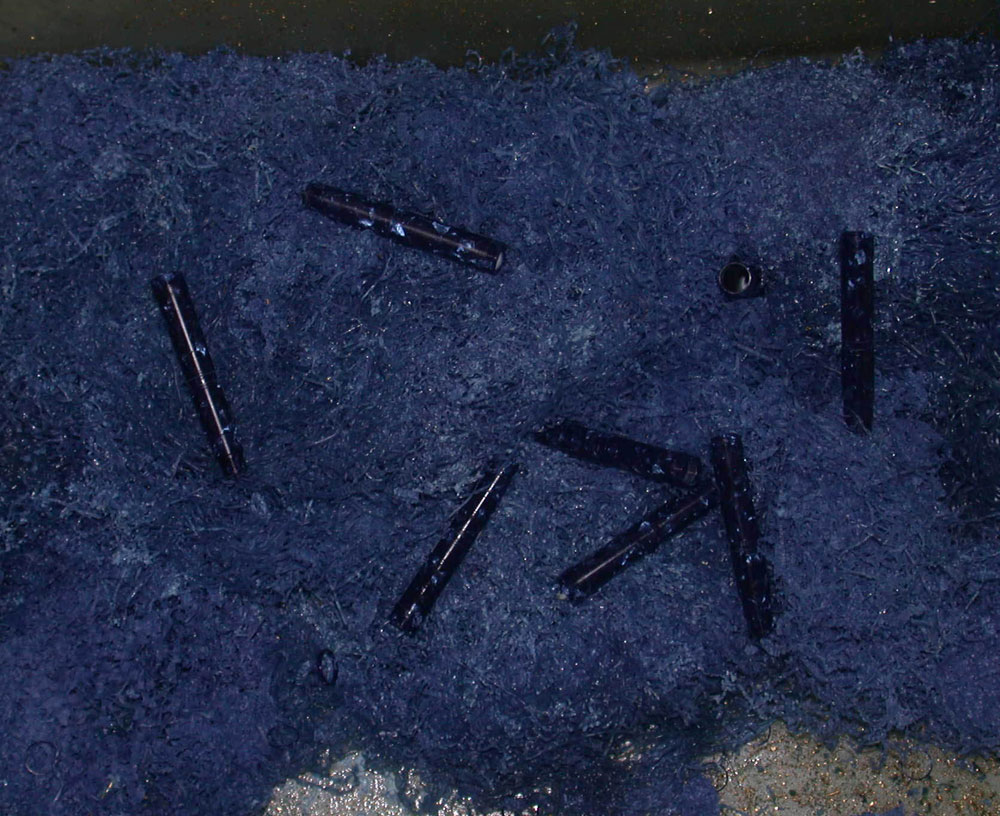 Any production of celluloid (but I would say any production of raw material) follows a strict logic of cooperation between those who shall establish the chemical formulation and the ones who the responsibility to indicate the final requirements of the material. This is the condition ensuring that one can see what you define “all shades of Tuscan land” in our celluloid.
Any production of celluloid (but I would say any production of raw material) follows a strict logic of cooperation between those who shall establish the chemical formulation and the ones who the responsibility to indicate the final requirements of the material. This is the condition ensuring that one can see what you define “all shades of Tuscan land” in our celluloid.
About more considerable size models in a medium price range, we’re going to launch a couple of series. And I’m confident that also large-grip users will be happy.

Therefore I don’t exclude that the internal piston could be applied – keeping current quality and craftmanship requirements – in even more popular price series.
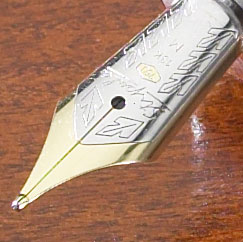 Giardino Italiano: And finally, nibs. Fountain pen lovers really used to appreciate such a choice of nibs, EF, F, M, B, Stub 0.9, 1,1, 1.3, 52°, OB and OBB.
Giardino Italiano: And finally, nibs. Fountain pen lovers really used to appreciate such a choice of nibs, EF, F, M, B, Stub 0.9, 1,1, 1.3, 52°, OB and OBB.Now it seems that steel nibs will be made only in F, M, BB and 0.9; the limited edition’s gold nibs, instead, will be available in all sizes. Could you confirm that?
Several collectors, though, report the huge difficulty in finding “special” nibs in penshops – such as the 52° – for which a special order and a lot of time are needed. Don’t you think that more marketing actions would increase request and consequently also availability?
However, the irreplaceable character of gold is always present. Specially our 18 Kt nibs’ formulation, wellknown for their right softness, capable of best results even for who loves the precision of a fine stroke, and that makes our nib outstanding in gold nib survey.
The 52 degrees is one of those precious pearls very hard to explain without dealers’ collaboration. It’s a nib affected by the writing angle on the vertical axis. It enlarges the vertical stroke when you flatten on the paper, and vice-versa for the horizontal stroke.
The only way to understand its possibilities is to try it, better with an expert.
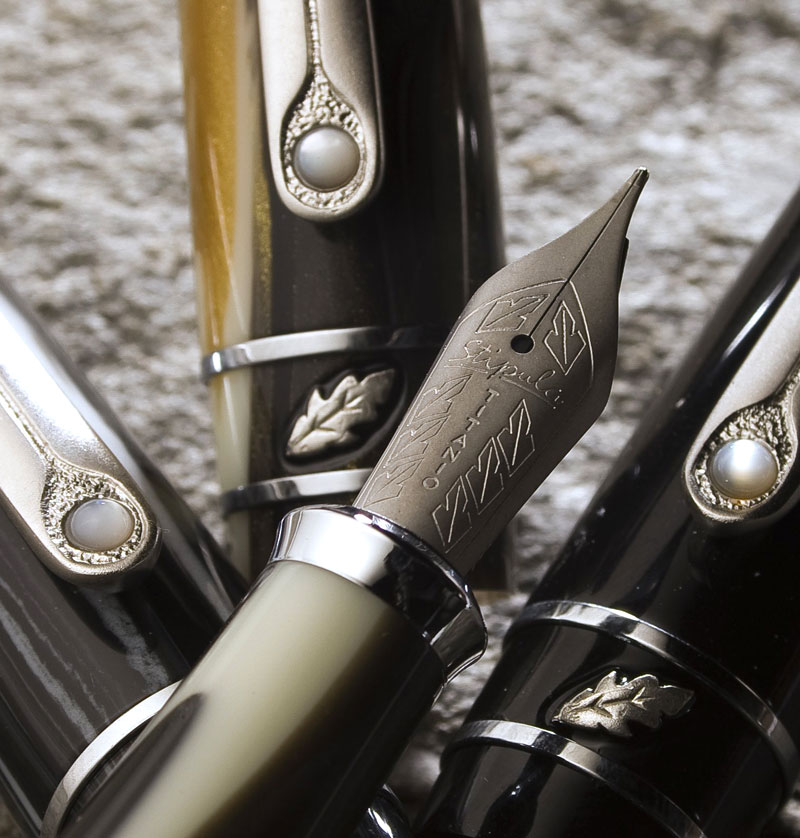
Also an increased flexibility would be appreciated: will it be possible?
But we’re working on a solution. We know very well how fine the old traditional flexible nibs were. We’ll do it, little by little.
Are there plans for expansion to increase production capacity, or are you comfortable with the size and production capacity of the company?
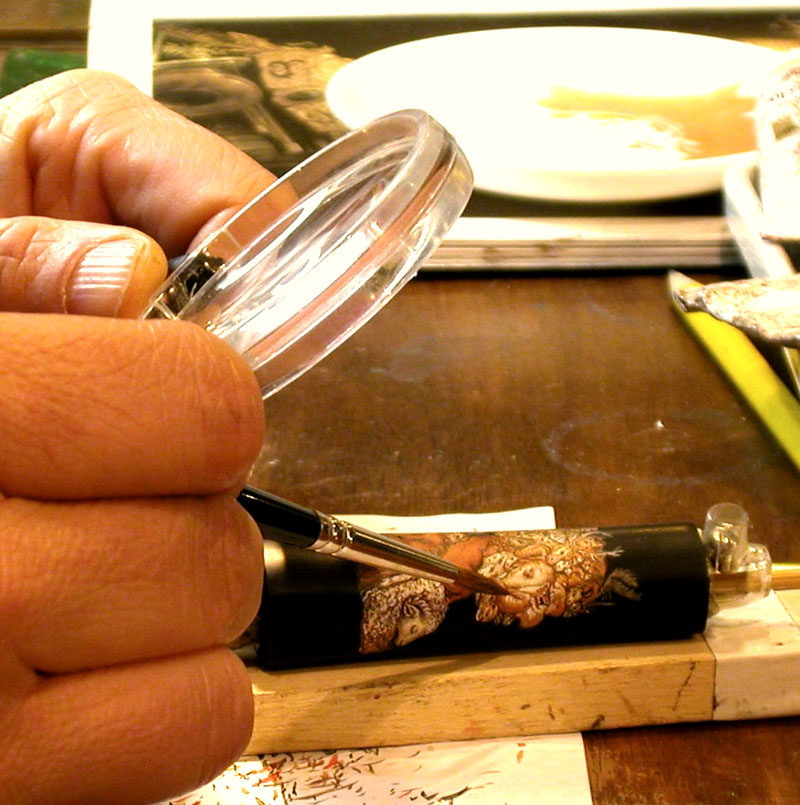 Expanding (too much) would be at odds with Stipula’s strong artisan spirit?
Expanding (too much) would be at odds with Stipula’s strong artisan spirit?We’re incurably craftsmen! But I think that craftsmen defects, with their preferences and dislikes, were, after all, a guarantee for those who enjoy the product .
For example, if one of your devoted customers wanted just one of a kind, for him only, would it be possible?
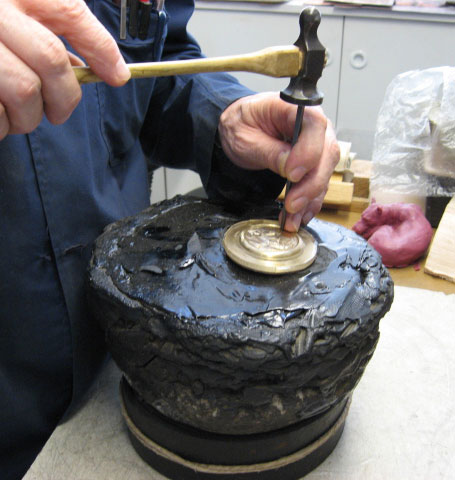 Luca Viti: No fixed and immovable rules, for us crazy writing missionaries. Everything is research and stimulus.
Luca Viti: No fixed and immovable rules, for us crazy writing missionaries. Everything is research and stimulus.Usually the minimum for a series is 50 pieces. But it may happen to work on smaller editions; or even try the unique piece. It depends on the project’s sympathy. And sometimes on the partner’s sympathy. We likely become fond of a good idea.
But… I always remember what one of our customers in Seattle told me, years ago. He was a personnel manager in a main bank in US, and he began to use the fountain pen for giving more importance and a personal mark to his correspondence, that he used to send everyday to the bank’s employees. From congratulation letters, to special greetings, or retirements, or even for dismissals.
Hand writing, especially in times of computerized communication, may give a personal worthiness to any simple message.
The pen as a status-symbol is only a consequence of this feature of worthiness in hand writing.
Thanks also to Giardino Italiano, and its capability to let us talk with this large web-world of pen-lovers.
Thank you all again, and warm greetings from all of us, Stipula’s pen-makers, to all you for your support and encouragement.
Susanna Buffo
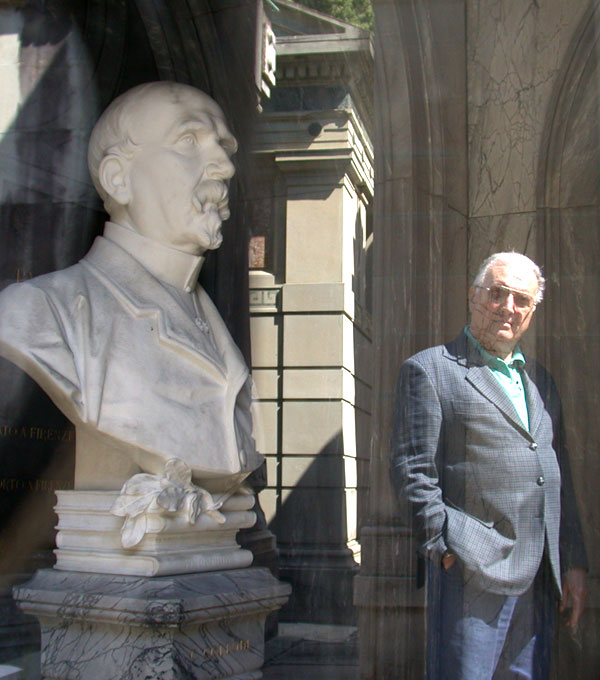
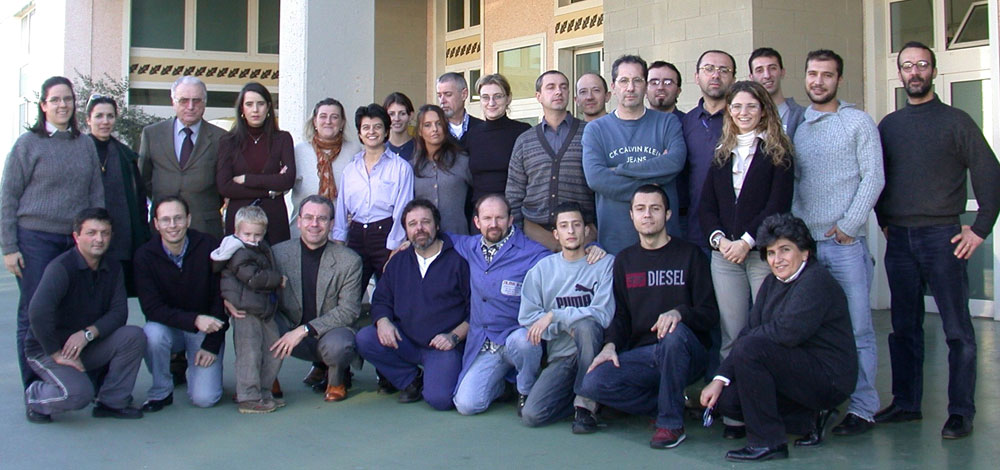
This blog post 10 answers from Stipula « Giardino
Italiano, provides genuinely excellent tips and I discovered specifically what I was basically browsing for.
Thanks.
Thank you for taking the time to answer these most interesting questions. The responses were quite insightful as well as appreciated. Even though these beautiful pens are far above and beyond my ability to purchase thus allowing me to make one of these works of art my very own, I will continue to click on the links from your company in order to view the latest creations for as long as my sight will allow; perhaps longer if I find someone who has the ability to adequately describe with extensive detail that will allow me to at least picture each pen in my mind when the last bits of light perception disappears leaving me without the brilliance of colors set together so perfectly in such a priceless work of penmanship art.
It is my hope that someday people will gravitate back to writing by hand with the beautiful penmanship of years ago. It is the one reason why I continue to write special cards and letters using the few dip pens I have available to me, though they are a far cry from the fine pens you create. Still, there is much to be said about a person who cares enough to sit with pen to paper in order to send a correspondence. In this technological age, we as a society are separating ourselves from what is most important to every person on this planet. It does not matter if a hand-written letter or note comes from another city, another state, or even another country. Taking the time to write a letter by hand is one of many ways for us to connect with another using the one thing we cannot do without and that is the human touch. Each of us crave it yet it is sorely missing in this age. I truly hope handwritten letters will return as each one sent out says, “I care enough to send a letter written by my own hand,” rather than the impersonal manner of using a computerized email or printed letter.
Thank you for asking about the 52 nib, larger pens, and different colors.